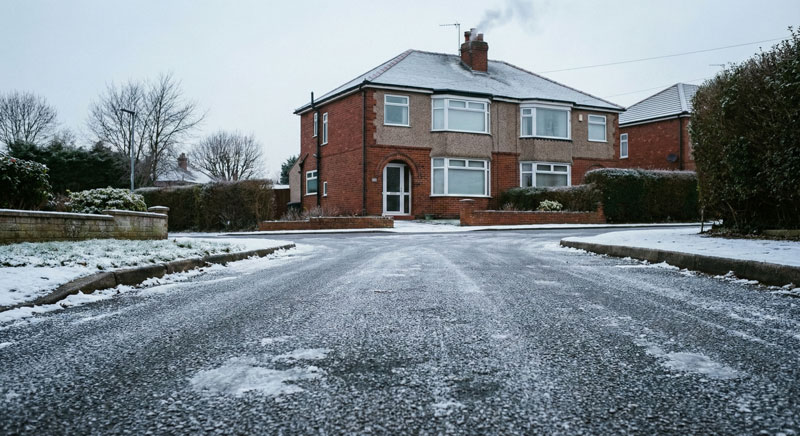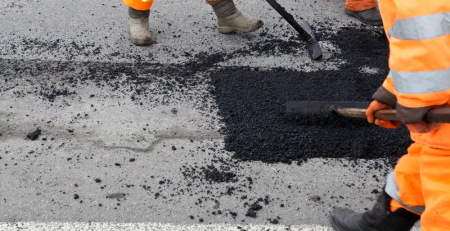The Driveway Test: Can Yours Survive a British Winter?
When winter hits the UK, our driveways take a surprising amount of damage—often long before homeowners realise something is wrong. Frost, rain, moisture, and sudden temperature swings can all weaken the surface, create tiny cracks, and undermine the sub-base. By the time spring arrives, many driveways already show signs of sinking, potholes, or early wear.
So the real question is: Is your driveway winter-ready, or is it slowly breaking down beneath the surface?
Here’s what every UK homeowner should look for.
1. The Freeze–Thaw Effect: The Silent Driveway Destroyer
British winters aren’t always extreme, but the constant pattern of mild frost → thaw → frost again is highly damaging. Water slips into small surface pores, freezes, expands, and forces the material apart. Even the tiniest gaps can turn into visible cracks within a season.
Tarmac surfaces are especially vulnerable if they’re ageing or poorly compacted. Resin and block paving can also shift or loosen under repeated freeze–thaw cycles.
Early warning signs:
- Hairline cracks forming before or during winter
- Surface looking dull, dry, or uneven
- Block paving shifting slightly when walked on
If these start appearing, your driveway is already losing its structural strength.
2. Winter Rainfall and Poor Drainage: A Hidden Weak Spot
The UK’s constant winter rain can expose one of the biggest threats to driveway longevity: poor drainage.
When water pools on the surface or drains towards the wrong area, it slowly weakens the sub-base. By the end of winter, this can lead to:
- Sinking patches
- Soft spots
- Loose stones in block paving
- Resin lifting or discolouring
Standing water is the clearest sign your driveway isn’t winter-proof.
3. Salt, Grit, and De-Icing Products: Harsh on Driveways
While salt is used mainly on the roads, many homeowners use it on paths and driveways too. Unfortunately, salt can break down binder materials in tarmac and resin, leading to early surface wear.
Even if you don’t apply salt, grit carried by tyres from the main roads often ends up on private driveways, scratching the surface layer and accelerating wear.
If your driveway looks faded or rougher after winter, this is often why.
4. How to Winter-Proof Your Driveway
Fortunately, UK driveways can be protected with a few simple steps:
✓ Seal cracks before winter
Don’t wait until frost spreads them. Early sealing saves the surface.
✓ Improve drainage
A small change in gradient or adding channels can prevent sinking and potholes.
✓ Refresh or resurface old tarmac
A thin overlay can dramatically improve durability during winter months.
✓ Consider winter-resistant materials
Modern resin systems, micro-asphalt, and machine-laid tarmac perform far better in harsh UK conditions.
5. When to Call in a Professional
If your driveway already shows signs like cracking, pooling water, loose blocks, oil-stained patches, or sinking areas, it’s best to assess the damage early. The longer winter continues, the faster the deterioration.
A professional contractor can examine the sub-base, check drainage, and recommend resurfacing or repairs that extend the lifespan of the entire driveway.
For tailored advice or a winter readiness check, you can get in touch here:
Final Thoughts
British winters don’t seem extreme, but they’re one of the biggest threats to driveway durability. The combination of frost, rain, moisture, and salt can push even a good-quality surface past its limits. By spotting early signs and preparing your driveway properly, you can prevent expensive repairs and keep your home looking sharp all year round.







